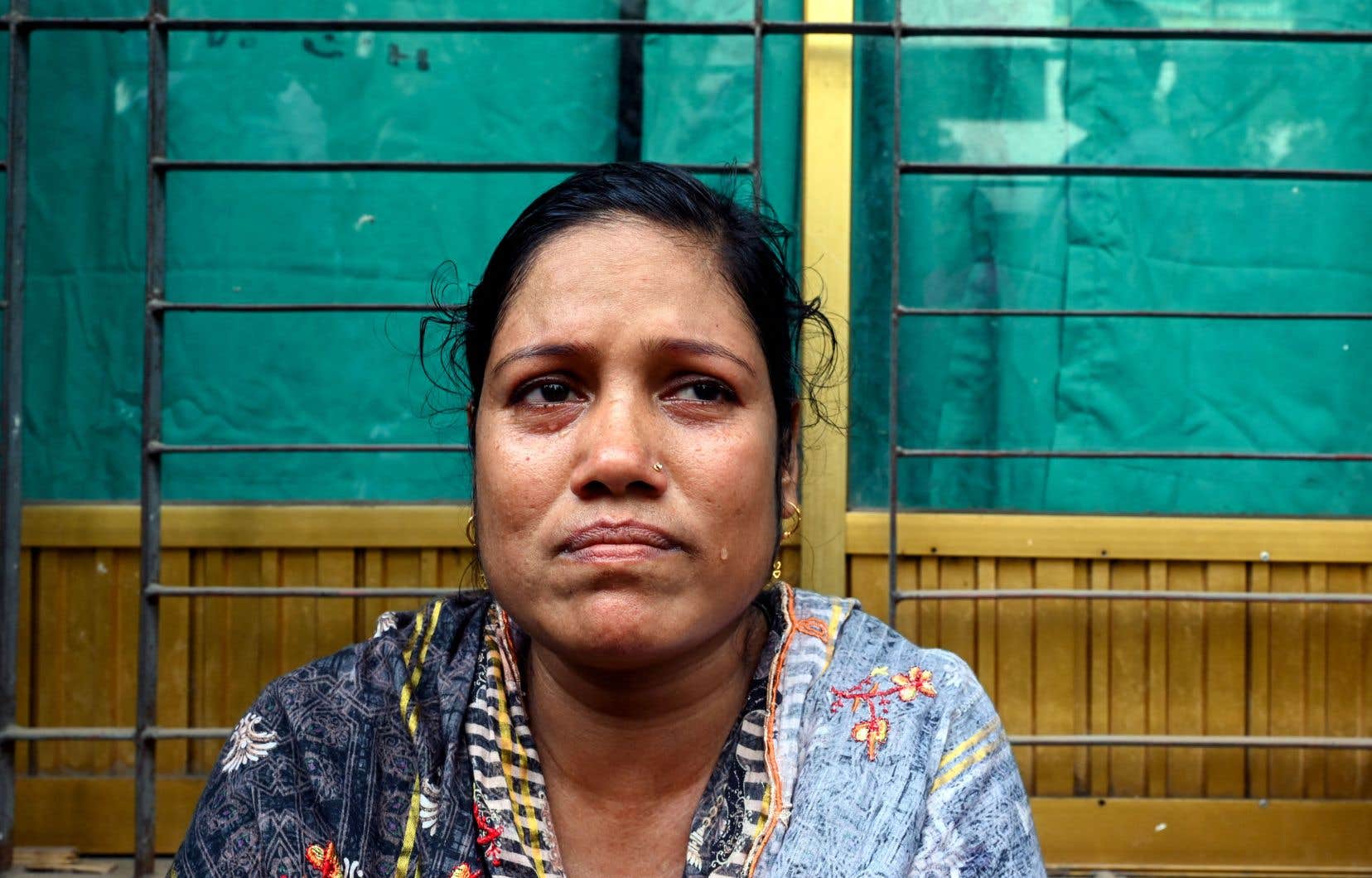Student protests in Bangladesh have led to the worst violence the country has seen, now focused on challenging Prime Minister Sheikh Hasina’s autocratic rule, experts say.
The demonstrations, which have been almost daily since the beginning of July, initially had as their sole demand a reform of the rules for recruitment in the civil service, which according to many voices favour pro-government candidates.
But with the police’s response hardening, with live ammunition fired on Saturday in the capital Dhaka, Mr.me Hasina, who is being demanded by tens of thousands of young Bangladeshis.
The leader has been in power for twenty years, including fifteen years in a row after winning a new mandate in January.
“Down with the dictator,” protesters chanted this week at several marches in Dhaka, a sprawling metropolis of 20 million people where angry mobs set fire to several government buildings on Thursday.
The movement has left at least 123 dead this week, according to a report from police and hospital sources on Saturday.
“The protests are extremely significant,” said Pierre Prakash, Asia director of the NGO International Crisis Group, “perhaps the most serious challenge to the Awami League regime (Sheikh Hasina’s party, editor’s note) since it came to power.” He considered the situation “dangerous” for the country.
But the expert believes the government itself caused the crisis. “Rather than trying to address the protesters’ grievances, the government’s actions have made the situation worse,” he told AFP.
Police gunfire caused more than half of the deaths, according to descriptions provided to AFP by hospital staff.
“Insult to their dignity”
The students began by demanding an end to a quota system that reserves more than half of sought-after public sector jobs for specific groups, and which they accuse of favouring those close to power.
In place since 1972, the system was watered down after student protests in 2018. But in June, the High Court reversed that decision, ordering the reintroduction of a quota reserving 30% of civil service positions for the children of veterans of independence from Pakistan in 1971.
The protesters denounce the use of these quotas as a means to reward Awami League loyalists.
With Bangladesh unable to provide jobs for its 170 million people, the scheme is a source of resentment among young graduates facing an acute employment crisis.
Last week, Mme Hasina, the daughter of Bangladesh’s first president, inflamed tensions by comparing the protesters to Bangladeshis who had collaborated with Pakistan, a reference that remains insulting more than half a century after the conflict.
“Mocking them was an insult to their dignity,” Ali Riaz, a politics professor at the University of Illinois, told AFP. It also means that the protesters “don’t matter to a regime that has no accountability.”
“Pride and economic incompetence”
Since the start of his second term in 2009, Mr.me Hasina, who was subsequently re-elected without interruption, is accused by rights groups of working to significantly restrict democracy in Bangladesh.
His government is thus suspected of misusing state institutions to consolidate its hold on power and eradicate dissent, notably through the extrajudicial assassination of opposition activists.
With no truly competitive elections for more than 15 years, “disgruntled Bangladeshis have little choice but to take to the streets to make their voices heard.”
Mme Hasina has weathered several dramatic crises, including a brief army mutiny, the influx of more than 700,000 Rohingya refugees from neighboring Burma and a series of Islamist attacks.
But the violent protests are “unprecedented,” said former Bangladesh correspondent Tom Felix Joehnk, who worked for The Economist.
“Suppressing political competition in Bangladesh has always been a bad idea,” he told AFP. “At its core, this is a political crisis caused by hubris and economic incompetence,” he said.
He added: “Some 18 million young Bangladeshis are unemployed. With democracy on hold for over a decade, they are starting to vote with their feet.”
